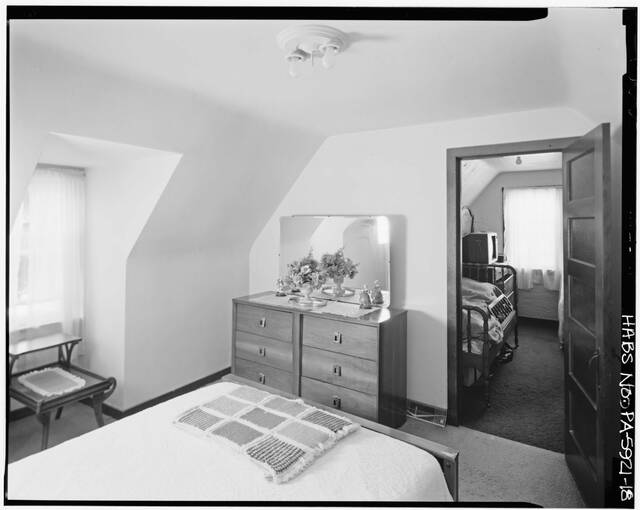The Westmoreland County town of Norvelt was a creation of the U.S. government as part of a New Deal project. According to a Pennsylvania Historical Marker on Mt. Pleasant Road, Norvelt had 250 homes and “provided housing, work, and a community environment to unemployed workers and their families during the Great Depression. It was renamed ‘Norvelt’ in 1937 in honor of First Lady Eleanor Roosevelt and her interest in the project.”
Originally called “Westmoreland Homesteads,” it was constructed with $25 million included in the National Industrial Recovery Act of 1933 to build “subsistence homesteads” for unemployed industrial workers and their families during the Great Depression. The program lasted 11 years and created nearly 100 planned communities. Norvelt was the fourth, having been established April 13, 1934.
The government documented images of Norvelt as part of the Historic American Buildings Survey. The project noted the town’s significance as:
“A subsistence homestead, the Town of Norvelt was developed as part of a broad reaching effort of the New Deal era intended to relieve the dire economic rural conditions which existed in the 1930s. Sponsored and subsidized by the U.S. government, the construction of Norvelt was supervised by the American Friends Service Committee. As an experiment in environmental and social reform, Norvelt was meant to improve the standard of living through the design of practical small houses and the implementation of a landscape plan for rural communities.”
‘Lookng back’ is an occasional series that will appear in Westmoreland Plus and online at TribLIVE Extra. If you have historic images that you would like to submit for consideration, please send them to gtrcity@triblive.com.



